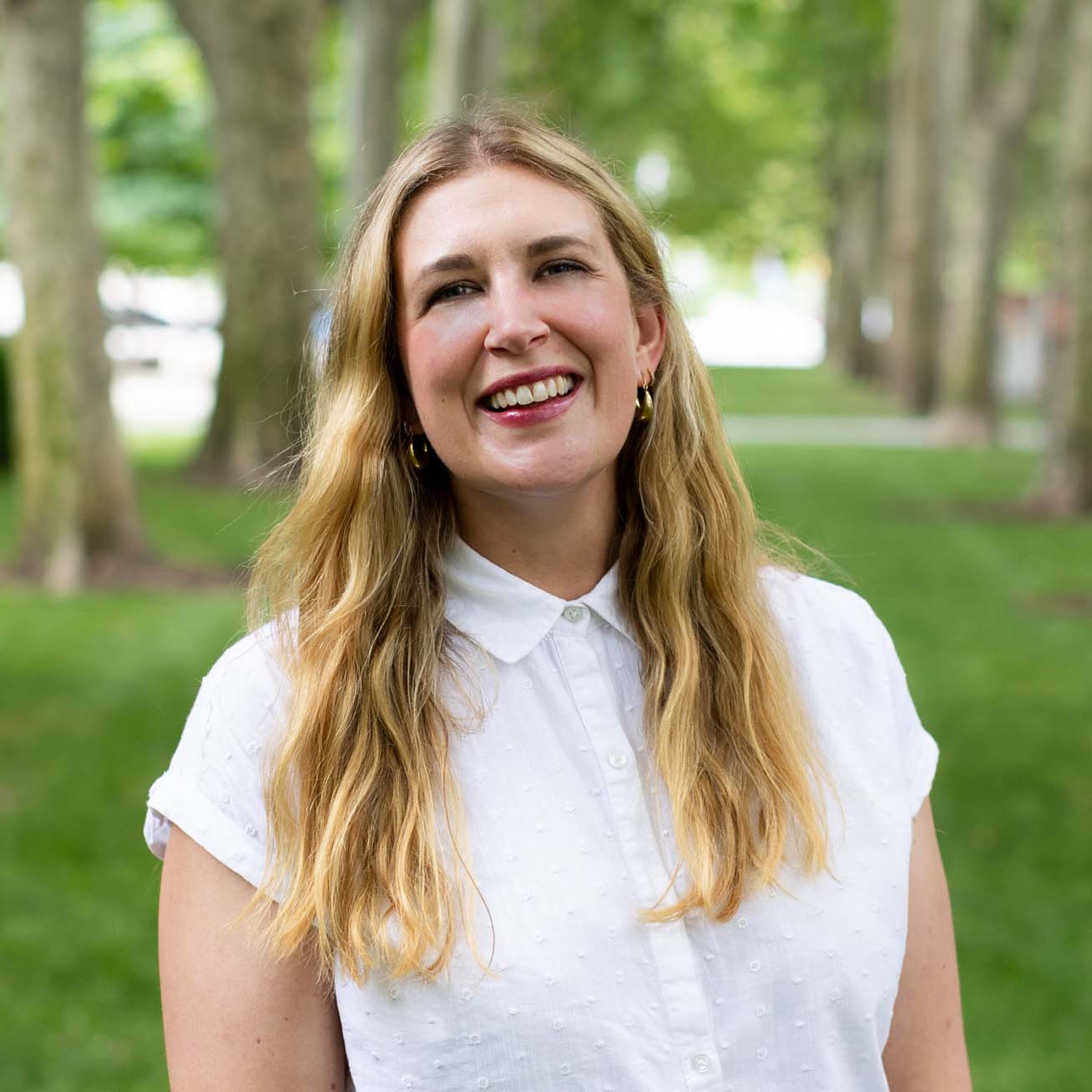Just Disaster Response
Considering a Green New Deal approach to disaster in the wake of Hurricanes Ian and Fiona in 2022
The 2022 hurricane season exposes the trend of increasing extreme weather due to the climate crisis. Scientists cataloged six named storms, four hurricanes and two major hurricanes. Hurricane Fiona doused Puerto Rico in 30 inches of rain and took out the island’s entire grid. Hurricane Ian barreled down the west coast of Florida, wiping out roads and ripping roofs off houses. This will not be the last season of destructive hurricanes– in years to come, experts predict that hurricanes will get worse. The climate crisis will also increase the likelihood of other extreme weather patterns like wildfires, drought, heatwaves, and cold snaps.
- The United States’ disaster response is woefully inadequate. An underfunded, reactive emergency structure has left people without support or even excluded by official responses. It has allowed companies to swoop in and privatize rebuilding, ultimately securing companies’ control over critical infrastructure.
- Climate disaster is a racial and social justice issue. Working class communities of color, incarcerated people, unhoused people, elderly people, people who can’t afford to evacuate or already face housing instability, and undocumented people face compounded crises during disaster. To date, disaster response has largely entrenched injustices instead of alleviating them.
- Disaster is not acute– it is chronic. It affects the long-term health and wellbeing of communities. With little to no support, communities suffer from physical and mental health problems, cycles of debt and homelessness, and job loss.
- Disasters will only get worse without decarbonization. The best defense is a good offense. However, the United States has failed to respond at the scale of the crisis.
The world has already warmed by one degree Celsius, baking in far more disaster in the future. Intensifying extreme weather requires the United States to take a Green New Deal-approach to disaster response through investment in a comprehensive program that delivers justice for those most affected by disaster, good jobs to rebuild stronger communities, and decarbonization to limit warming and stop as much disaster as possible. A Green New Deal approach to disaster response requires an undoing of the status quo state logic that relies on policing to manage disaster and aims to restore ‘business as usual’ for the white and wealthy. In its place, the state should prepare community capacity for future disasters and tackle structural inequities that impose disproportionate harm on certain communities.
A Green New Deal approach to disaster response delivers justice for those most affected by disaster, good jobs to rebuild stronger communities, and decarbonization to limit warming and stop as much disaster as possible.
In this memo, we outline some key ways that policy makers could advance a Green New Deal-style approach to disaster. We focus on redirecting existing disaster infrastructure away from harmful practices and building new infrastructure to remediate the experience of disaster:
Immediate
- Decriminalize Disaster. Civilian or community response teams should be prioritized over police to respond to emergencies.
- Remove Barriers to Assistance. Ensure receiving aid is as straightforward and transparent as possible, and that unhoused, immigrant, and incarcerated people receive the help they need to get out of harm’s way.
- Ensure Worker Safety. Workers who are not part of emergency work should not be forced to choose between evacuation and their job.
Medium Term
- Care for Community Health. Care–including physical health, reproductive health, mental health, and gender-based violence reduction–should be made accessible in the aftermath of disaster, and plans for continued care should be made in preparation for crises.
- Invest in Community Planning and Preparedness. Collective approaches to risk management and mitigation where people live and work will lead to more effective disaster planning and preparedness for the next storm, allowing for discussion of risks like gentrification and applying traditional ecological knowledge.
- Stop Privatization and Support Workers. Invest in public and community capacity instead of privatizing public services or contracting out recovery. Prioritize local workers for jobs for rebuilding, and set up long-term pathways for high-roads work.
- Rebuild Better. Rebuild houses and buildings so they are efficient and more able to weather storms, including investing in rooftop solar and storage infrastructure to help keep the lights on during the next disaster. This also includes building social infrastructure for disaster preparedness.
Long Term
- End the Fossil Fuel Economy. Every degree of warming stopped will limit future destruction, death, and disaster. The US needs to invest in comprehensive, rapid decarbonization of the economy. Fossil fuel infrastructure pollutes even more during disasters and needs to be dismantled.
- Stop Development in Disaster or Risk Areas. Governments need to build a plan to stop development and move people out of high risk areas. This may include buying out homes and building and supporting relocation in ways that do not re-entrench gentrification, redlining, or other forms of discrimination.
- Ensure Fiscal Justice. The federal government should support governments, especially for Black and minority-majority jurisdictions, who are hurting from the compounding costs of disaster recovery and lost economic activity.
Climate disasters are not natural. Climate disasters are a culmination of delayed response to the climate crisis, structural inequality, and the hollowing out of the US government. Communities are calling for action, and disaster response policies should respond at the scale of the crisis.



